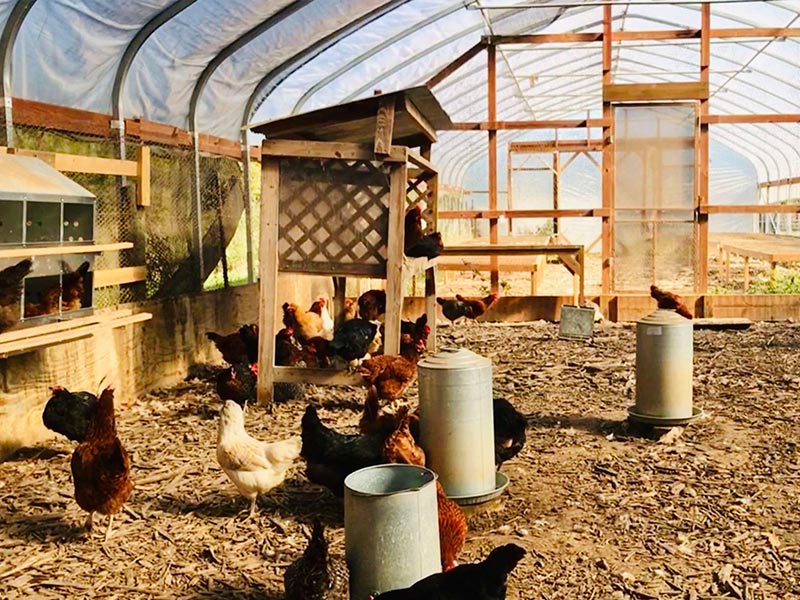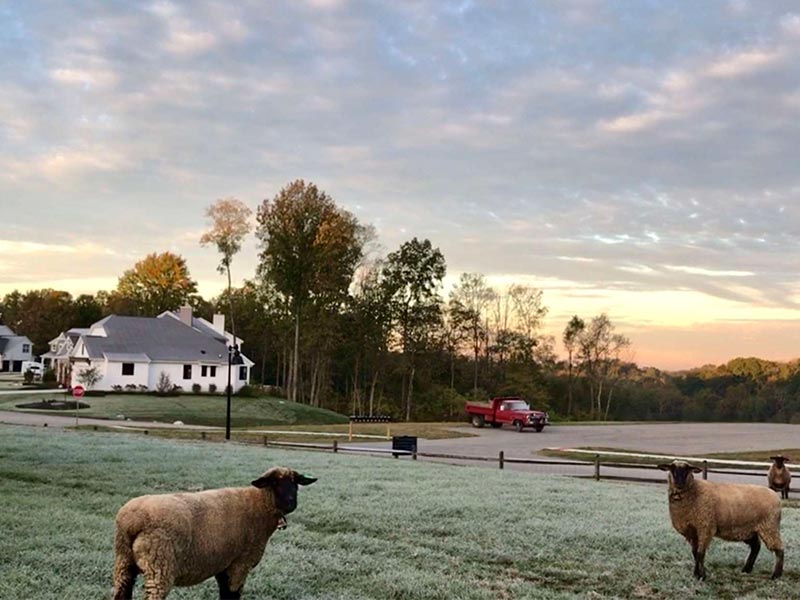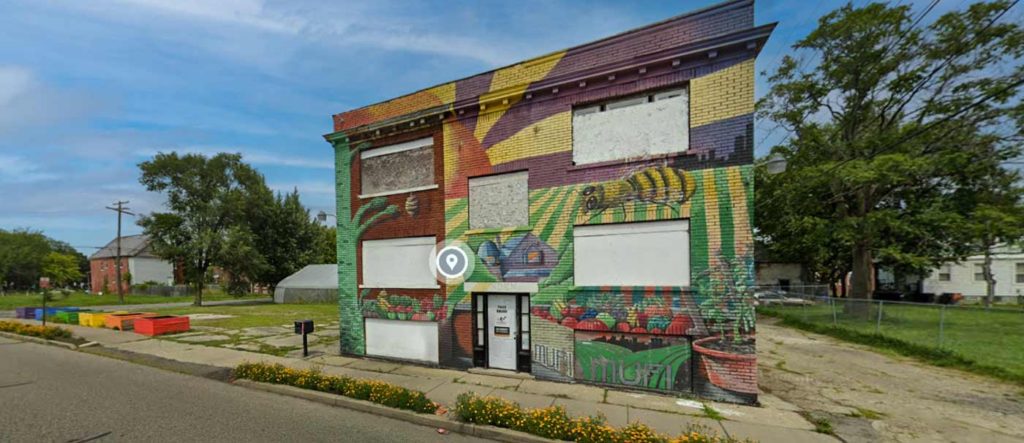Agrihoods and Agritourism

The farm to fork movement has been alive and well for a while now, helping people connect with their food while they cook and eat. Some communities are taking this idea to another level by creating spaces where food production is the focal point. These development-support agricultural areas, more commonly known as “agrihoods”, differ from simply having a community garden in the neighborhood by more fully integrating farms, gardens, and food production processes into the recreational and social lives of community members. This close integration results in a rural feel, even in urban areas. Agrihoods are developed intentionally with this strong connection to agriculture at the fore when planning the community. Interest in being more closely connected to our food sources, nature in general, and each other, especially among millennials, has led to an increase and growth in the number of agrihood developments throughout the United States.
Components of an agrihood
Agrihoods come in various sizes and with different amenities and levels of engagement for residents. The main component is the presence of a central working farm, which could include livestock, row crops, orchards, and/or vineyards. Agrihoods can be as small as a handful of homes surrounding a large community garden (sometimes called “microhoods”), but most range from 100 to 1,000 residential units near a large working farm. More recently larger agrihoods of several thousand homes are being built near farms that have several hundred acres of production space.
In addition to a working farm, some agrihoods also have open space and protected areas, as well as smaller community gardens or greenhouses. Others may have other amenities to support recreational and social activities such as an event space, an on-site community kitchen, and horse stables. Those committed to sustainability and supporting the local ecosystem may also have solar panels, beekeeping, and building requirements such as LEED certification and Energy Star ratings.


Sheep and chickens in Aberline Springs, located in Morrow, OH. Image Source.
Agritourism
Michigan Urban Farming Initiative (MUFI) – Detroit, MI
MUFI is a nonprofit based in Detroit’s North End that seeks to use urban agriculture to “promote education, sustainability, and community in an effort to empower urban communities, solve many social challenges facing Detroit, and potentially develop a broader model for redevelopment.” The organization works to adaptively reuse the built environment, such as turning an old apartment complex at 7432 Brush St. into a community center complete with offices, food processing space, and a healthy food café. More information about MUFI can be found at www.miufi.org.

Aberlin Springs – Morrow, OH
Aberlin Springs is home to a sustainable farm that uses organic practices, a community supported agriculture (CSA) program, a weekly farmers market, and a community chalet that hosts classes and special events to encourage farm to table eating and connectivity between residents and with nature. Three types of homes have starting prices between $450K and $900K. More information about Aberlin Springs can be found at Farm to Table Living – Aberlin Springs.
Agricultural tourism, or agritourism for short, is a set of activities that are secondary to the operation of a farm that bring members of the public to the site for educational, recreational, or retail purposes. These additional activities encourage and support agricultural economic development by diversifying the offerings that farms can provide to the community. When appropriate, communities should define agritourism uses in their zoning code and permit them as secondary uses to an agricultural use, as well as provide standards to mitigate unnecessary impacts. An example of a local and recent agritourism expansion is Blake’s Cider Mill in Armada hosting events and activities such as ice skating, yoga, cider-based alcohol drink tasting, fitness classes, crafting, and cooking contests at its orchard. Giffels Webster assisted in preparation of zoning amendments to enable the expansion of the Blake’s operation.

Benefits of agrihoods
Agrihoods are beneficial for many stakeholders in multiple ways, further fueling their popularity. The culture fostered by agrihoods is often of interest to those looking to embrace sustainable living, be surrounded by like-minded people, have access to green spaces, eat farm-fresh foods, unplug from technology, and live a lifestyle designed for the outdoors. Educational opportunities and activities are often provided for residents. Improved physical and mental health outcomes derived from eating healthy and nutritious foods, being physically active, feeling socially connected to others, and spending time outside are also benefits of living in an agrihood.
For developers, agrihoods offer a more cost-effective amenity than the traditional golf-course-centered suburb as well as higher demand. The development also often qualifies for tax benefits due to preserving green space and keeping agricultural land productive, or infill and brownfield redevelopment credits, depending on the location.
Since many agrihoods are centered around a working farm, many hire a farm manager. The stability and rate of pay is often better than that of other farmers, particularly new farmers without their own land. Nearby farmers also benefit from the addition of an agrihood to the area, as agrihoods often serve as education centers for agricultural topics and draw people interested in local agriculture to farmers markets and produce stands.
Zoning implications for agrihoods
Agrihoods can be a catalyst for neighborhood revitalization and a useful strategy for infill or brownfield redevelopment. Many agrihoods start when a farming family decides to develop some of its property for housing and maintain some of it for agricultural purposes. For communities that have agricultural areas, clear language regarding lot split requirements and processes is helpful. Additionally, clear regulations regarding the number and type of animals allowed is an important consideration, especially for places where agrihoods may be a good option for infill or brownfield development. Consideration for concerns that come with higher density such as access to roads, sewer and water connections, and increased congestion must be given, particularly where large agrihoods may be proposed.
Giffels Webster News
Welcome Springfield and Webster townships! Our team began working with both of them this spring, and we have enjoyed the getting to know these communities.
Congratulations to the City of Clawson, Milford Township, Milford Village, and Grosse Pointe Woods for adopting their Clearzoning® zoning ordinance.
Our team has been busy on the road. We represented Giffels Webster at the Michigan Township Association and Downtown Development Authority conferences, and two of our planners attended the APA conference.
For more information, please contact Giffels Webster at 866.271.9663. www.giffelswebster.com



